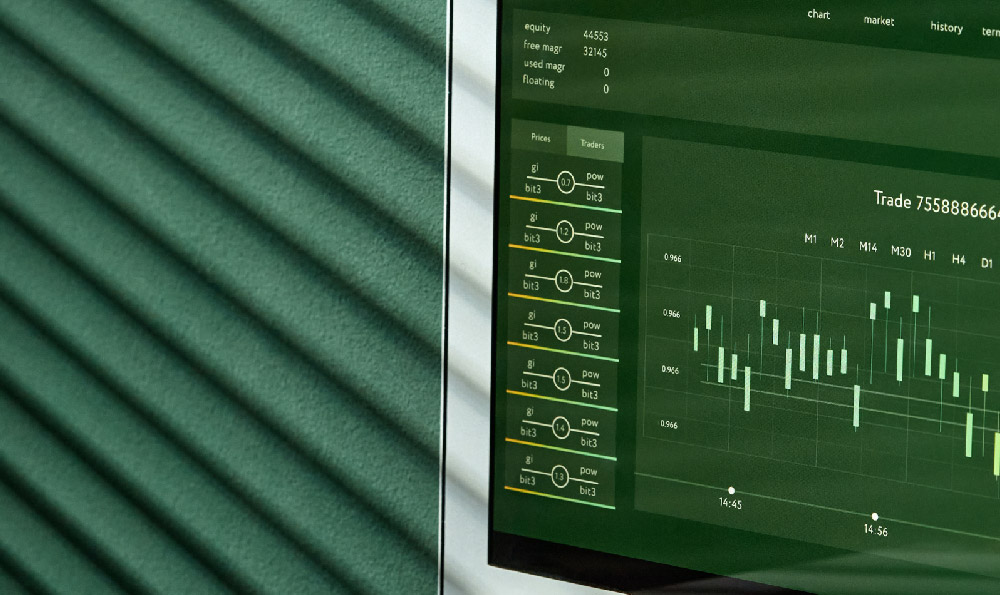Options trading has become a popular tool for investors seeking to enhance their returns and manage risk in financial markets. While the potential for profit is alluring, the complexity of options strategies requires careful understanding and disciplined execution. At its core, options trading involves buying or selling contracts that grant the right, but not the obligation, to buy or sell an underlying asset at a predetermined price within a specified timeframe. This unique combination of leverage and flexibility allows traders to capitalize on market movements with strategic precision. However, the effective utilization of these strategies hinges on a comprehensive grasp of their mechanics, risk profiles, and alignment with individual investment objectives.
One of the fundamental approaches to options trading is the use of directional strategies, which aim to profit from anticipated price movements. For instance, a long call strategy involves purchasing a call option when an investor expects the underlying asset to rise. This provides exposure to upward trends while limiting downside risk to the premium paid. Conversely, a long put strategy is suitable for bearish outlooks, allowing investors to benefit from declines in asset prices. These strategies are particularly appealing for those who can identify market trends with confidence, but their success relies heavily on timing and market volatility. Buying options can be ideal for opportunistic investors, but it's crucial to recognize that the probability of profit diminishes as the time to expiration shortens, necessitating a balance between reward and risk.
For traders willing to embrace a more nuanced approach, spread strategies offer a way to profit from market fluctuations with reduced risk. A bull call spread, for example, involves buying a call option at a lower strike price and simultaneously selling a call option at a higher strike price. This strategy locks in a predetermined profit if the underlying asset rises within a specific range while capping potential losses. Similarly, a bear put spread can be employed to profit from declines by buying a put at a higher strike and selling a put at a lower strike. These strategies are particularly effective when market direction is uncertain, as they allow traders to hedge against adverse movements. The key to success lies in selecting strike prices that align with the trader's view of the market range, a task that requires both technical analysis and risk assessment.

In contrast to directional strategies, neutral strategies are designed to profit from market volatility rather than specific price directions. The straddle strategy, which involves buying both a call and a put option with the same strike price and expiration date, is a classic example. This approach becomes profitable if the underlying asset moves significantly in either direction, making it ideal for periods of heightened uncertainty such as earnings announcements or geopolitical events. The strangle strategy, similar to the straddle but with different strike prices, offers additional flexibility by reducing the cost of the position while maintaining the same potential for profit. These strategies require a deep understanding of volatility metrics, including historical and implied volatility, as well as the ability to anticipate market conditions that may trigger price movements.
For more advanced investors, complex strategies like iron condors and ratio spreads offer a way to generate income while managing risk. An iron condor involves combining a bull put spread and a bear call spread, creating a narrow range of profit if the underlying asset remains within the established price boundaries. This strategy is particularly suited for traders with a neutral outlook and a willingness to accept the possibility of a large loss if the market moves sharply. Ratio spreads, on the other hand, involve selling multiple options contracts while buying fewer, often to capitalize on market consolidation or to implement a delta-neutral position. These strategies require careful calculations and a thorough understanding of position sizing to ensure profitability.
The effectiveness of any options strategy is closely tied to the broader market environment and the trader's risk tolerance. In a bullish market, strategies like covered calls—where an investor owns the underlying asset and sells call options—can generate additional income while protecting against potential price declines. Conversely, in a volatile market, strategies such as calendar spreads can be employed to profit from changes in the time decay of options, particularly when traders expect a shift in market sentiment. However, the success of these strategies depends on the ability to assess market cycles, interpret technical indicators, and make timely adjustments.
To maximize the potential of options trading, investors must also consider key factors such as liquidity, transaction costs, and the expiration cycles of the options contracts. Choosing options with sufficient liquidity ensures that positions can be easily adjusted or exited, while minimizing transaction costs reduces the erosion of profits. Additionally, understanding the impact of time decay—where the value of options diminishes as expiration approaches—is essential for managing risk effectively. Traders should also consider the Greeks, including delta, theta, gamma, and vega, to assess how their positions may react to changes in price, volatility, and time.
Ultimately, the path to profitability in options trading requires a harmonious blend of technical knowledge, strategic thinking, and disciplined execution. Success is not solely dependent on a single strategy but on the ability to adapt to changing market conditions, manage risk intelligently, and maintain a long-term perspective. By selecting the appropriate strategies based on market analysis, risk appetite, and investment goals, traders can navigate the complexities of options markets with confidence, opening the door to consistent returns and financial freedom.












